Surely one of the originals of modern, multitasking superwomen, Lee Miller is the subject of Kate Winslet’s new movie Lee (release date TBC) — fittingly so, for Lee’s amazing, action-packed life seems more fiction than fact. To read about her is to shake your head at just how much she achieved in her seventy years, just how many wonderful lives she was able to fit into a single lifetime.
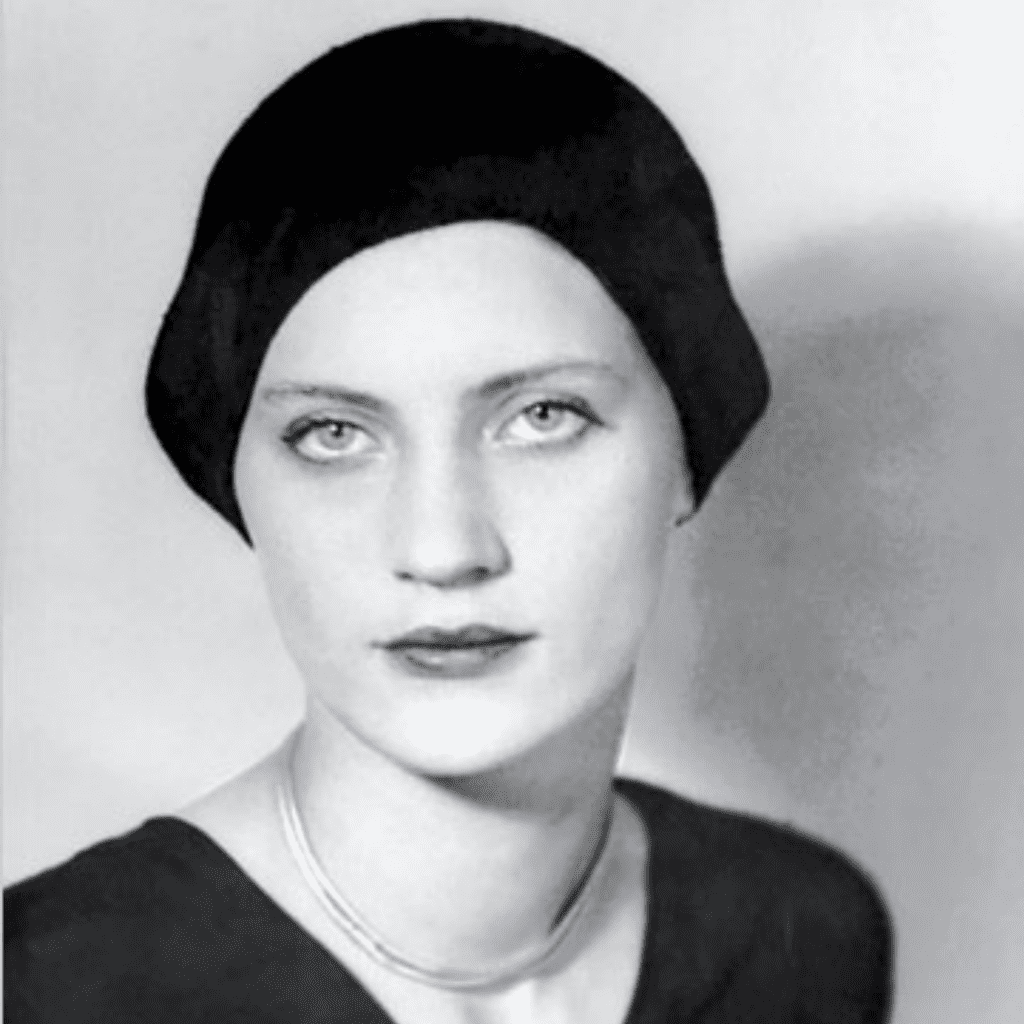
Born in 1907 in Poughkeepsie, New York, Elizabeth ‘Lee’ Miller’s free-spirited nature — some would say rebellious spirit — saw her expelled from a succession of schools. Her exasperated parents gratefully accepted the offer of a former French teacher, an appropriately respectable spinster, who suggested that a cultural trip to Paris would have a refining effect on Lee. After only a few days in the City of Light, Lee escaped from her elderly chaperone, and announced to her shocked parents that she wanted to be an artist.
‘One look at Paris and I said, “This is mine — this is my home,”’ Lee later recalled. It was 1925, and the années folles were in full, fabulous swing. For Lee, eighteen years old and stop-you-in-your-tracks gorgeous, the world must have seemed like the most delicious of Breton oysters.
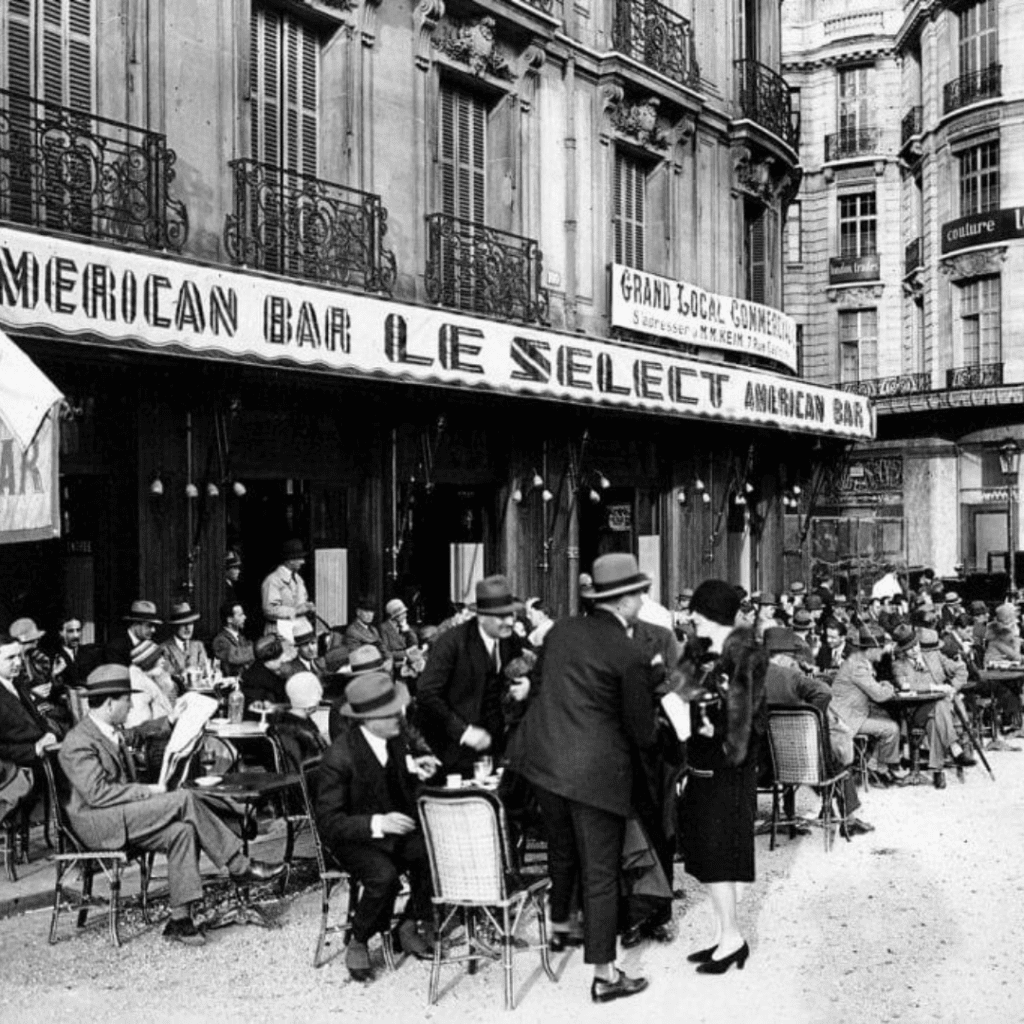
Not much is known about Lee’s first Parisian life, an almost-year-long stint. She studied theatrical design and lighting at an avant-garde art school on Rue de Sèvres, and was surely influenced by Surrealism, the artistic movement du jour that rejected the rationale in favour of fantasy. At night, she probably partied in Montparnasse, where all the cutting-edge artists hung out, and perhaps she even crossed paths with Josephine Baker and F. Scott Fitzgerald, two other expats who had moved to Paris that year.
For a girl who wanted to live large, Lee couldn’t have picked a more auspicious launchpad into adulthood than Paris in 1925. She was the right person, in the perfect place and time.
Papa and Mama Miller eventually had enough of funding this Parisian pipedream, and set off for Paris themselves to bring their daughter back home. Poughkeepsie, unsurprisingly, now seemed too small for Lee, who soon enough found herself gravitating to Manhattan, where she continued to study theatrical design by day, and party up a storm by night. Her fabulous destiny dramatically took shape one day, when a man swooped her out of the path of an oncoming car. This saviour was no less than Condé Nast, publisher of Vogue. Intrigued by the elegantly dressed beauty in his arms, Condé offered Lee modelling work.
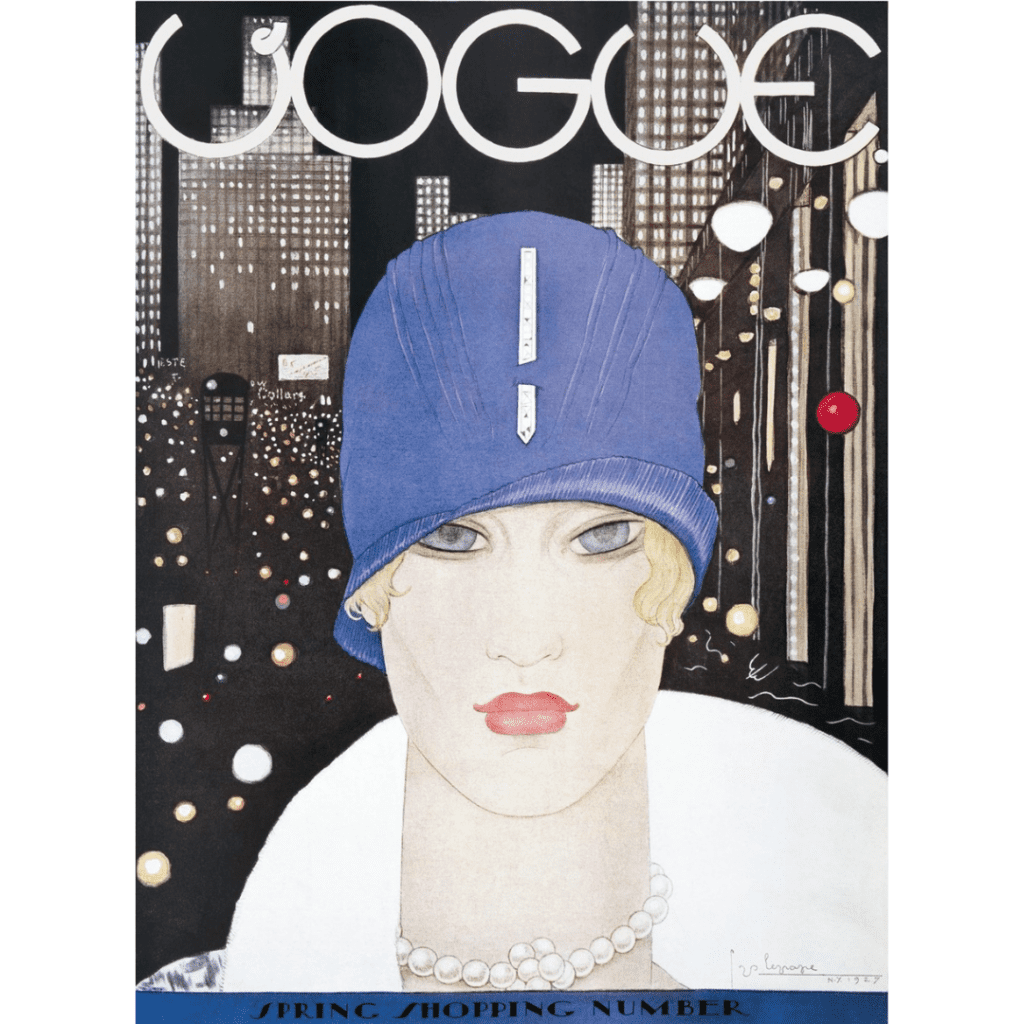
Her illustrated face soon appeared on the March cover of Vogue (above); numerous fashion shoots followed. But despite Lee’s fun and fashionable new life, she dreamed of returning to Paris, and finally had the chance to do so in 1929.
‘I’d rather take a photograph than be one,’ Lee would declare. After having spent several years on the subjective side of the camera lens, Lee arrived in Paris determined to learn the craft and switch to its other, more creative side. At the time, Man Ray was the most exciting photographer in town, his Surrealist viewpoint infusing drama into the glossy pages of French Vogue. And so, Lee tracked down Man Ray’s address, and turned up to his Montparnasse building, only for the concierge to inform her he had just left for Biarritz. Hopes dashed, Lee took herself to a nearby bar to drown her sorrows in Pernod … when Man Ray suddenly appeared. As Lee later recalled, ‘I told him boldly that I was his new student. He said he didn’t take students, and anyway he was leaving Paris for his holiday. I said, I know, I’m going with you — and I did.’
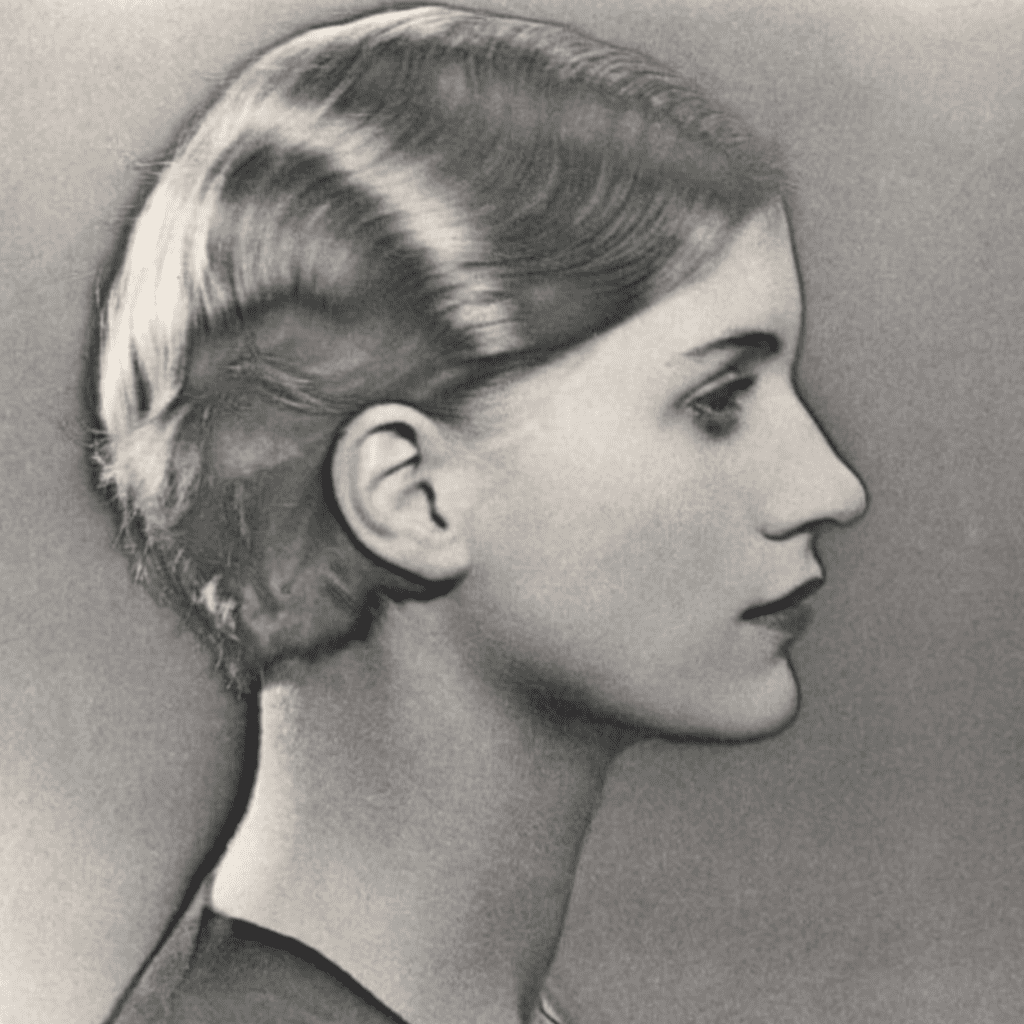
Lee and Man Ray lived together for the next three years, in a relationship that evolved into an apprenticeship. Together they developed the solarisation technique where light and dark in an image could be reversed by exposing a developing photograph to a flash of light; Lee had first come upon this potential one day in the darkroom.
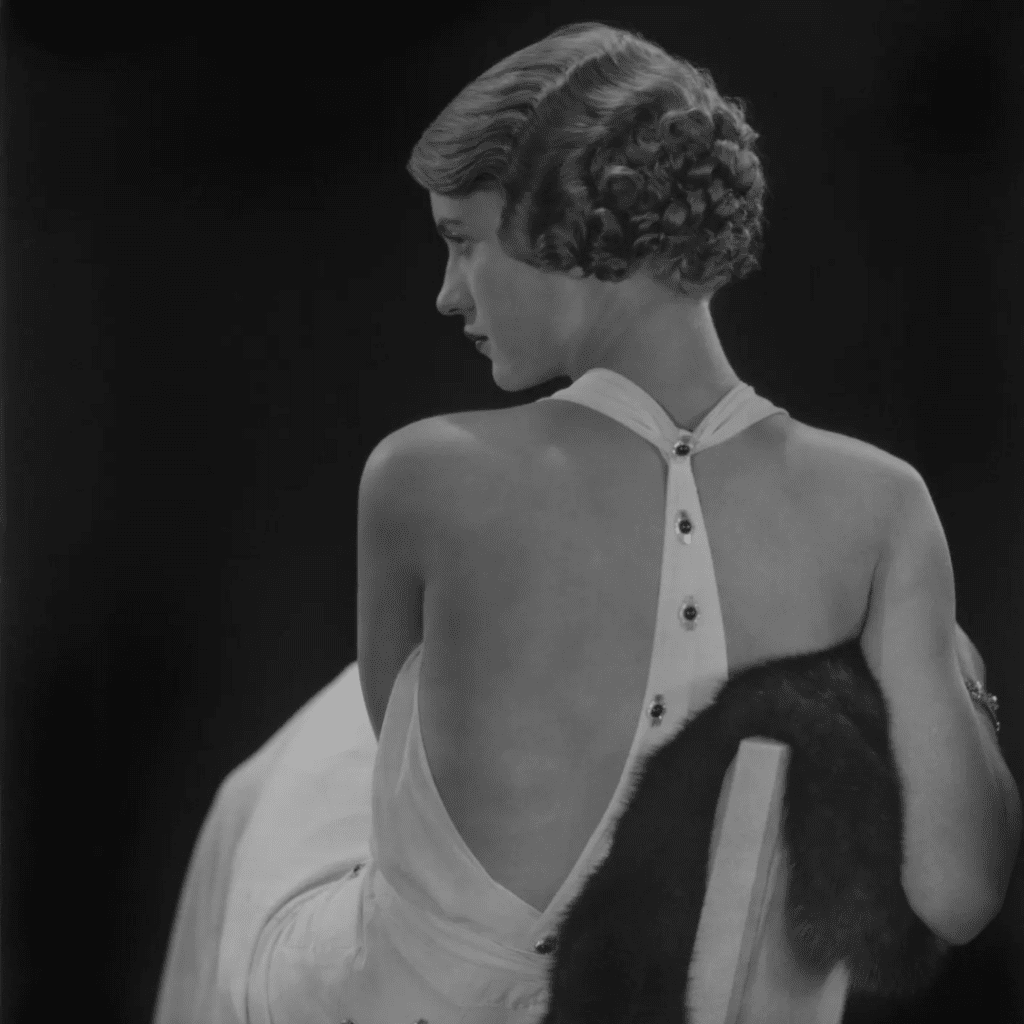
Lee continued to model for Man Ray, but also for French Vogue, photographed by the esteemed George Hoyningen-Huene, who was in charge of Vogue’s Champs-Élysées studio at the time. Impressed by her technical know-how, he offered her an apprenticeship, too.
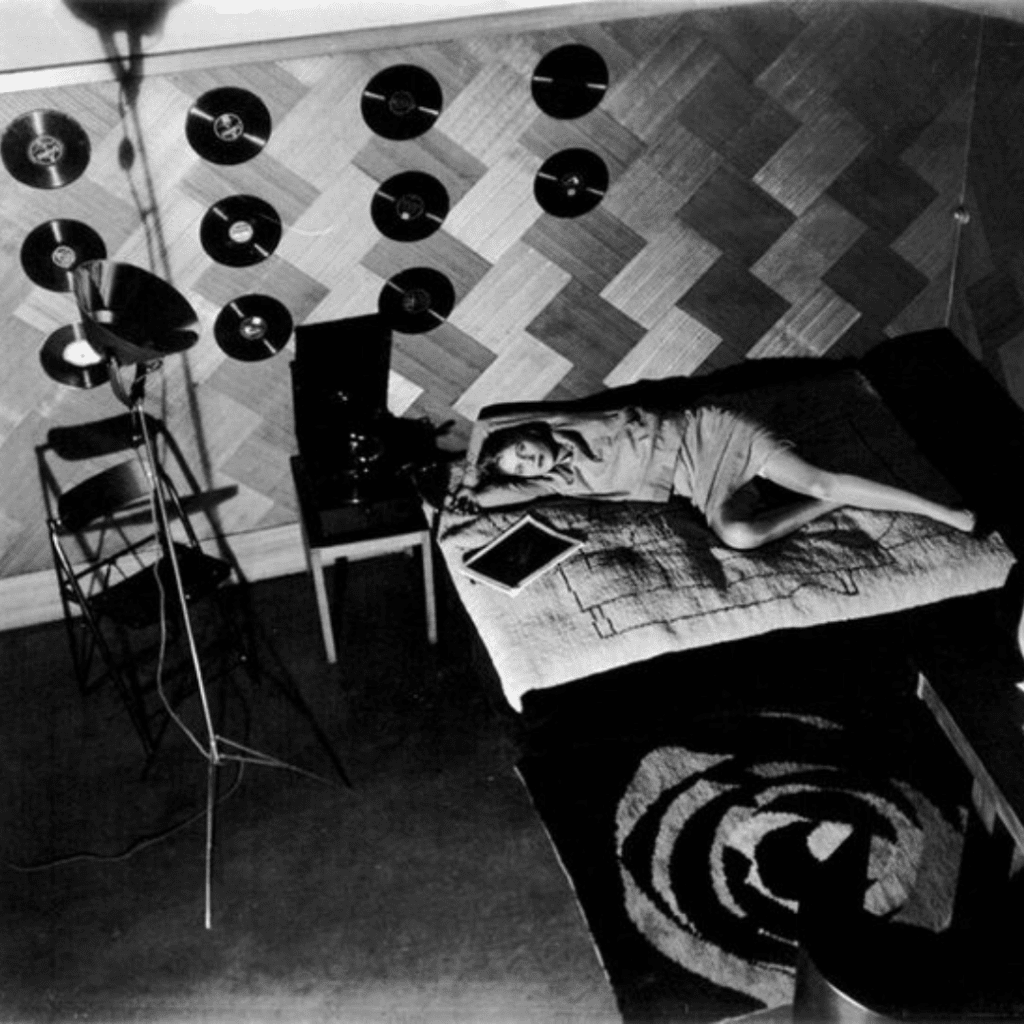
A quick learner, Lee soon moved into her own apartment studio in Montparnasse, complete with backdrop paper and a small darkroom (not to mention quirky decorations, seen above), and began taking portraits. Before long, Vogue was employing her as a photographer as well as a model, briefing her to shoot the work of various designers; Chanel, Schiaparelli and Patou also commissioned her direct, impressed by not only her knowledge of fashion but also her technical photographic strength.
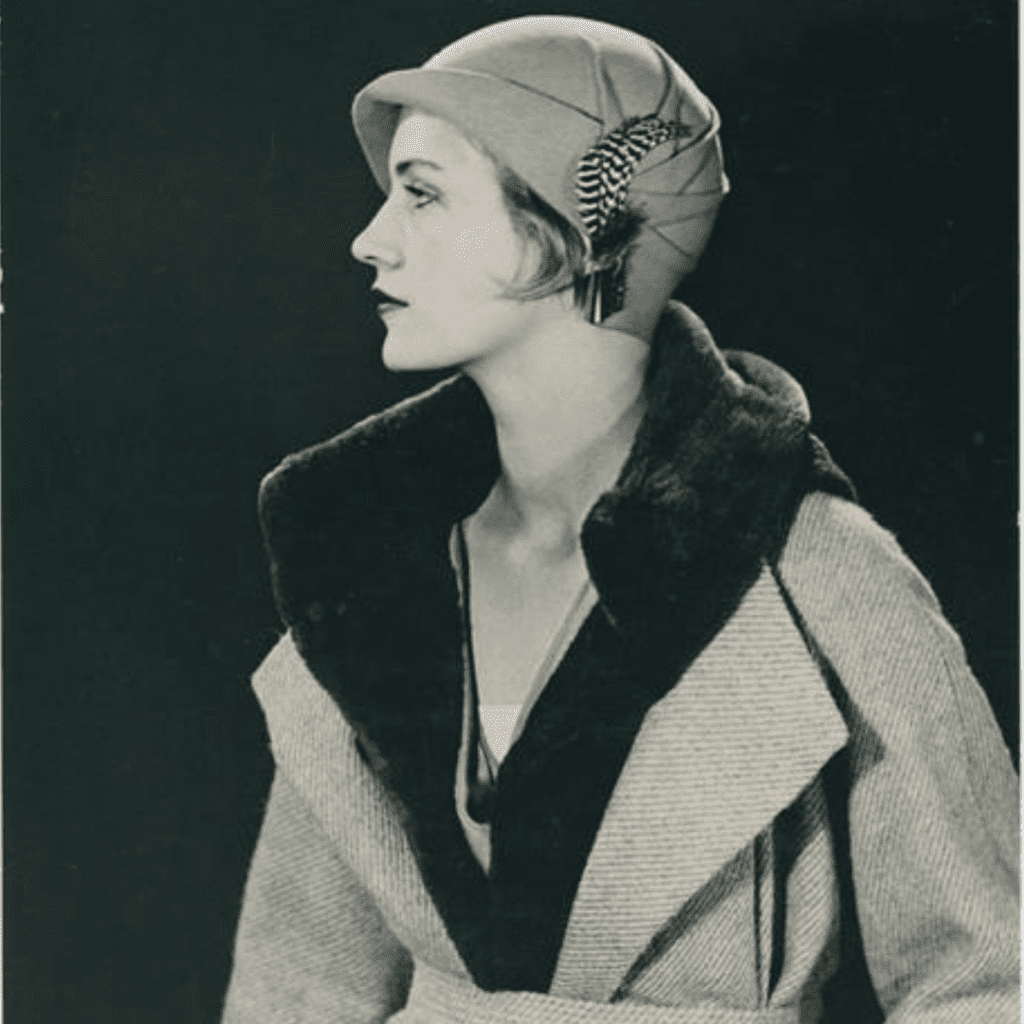
She sometimes appeared in these photos, because Paris could not get enough of Lee. She seemed the ultimate face and figure for the times, strong yet languid, her physique as ideally suited to the era’s flowing gowns as it was to immaculate tailoring.
As enjoyably hedonistic as Paris was — partying at the Le Bœuf sur le Toit nightclub with Jean Cocteau, starring in Surrealist films … — she returned to New York in 1932, where she continued to hone her craft. (Man Ray mourned her absence by painting her lips in his famed work, The Lovers.) Over the coming years, Lee holidayed occasionally in Paris, and was in Antibes with her friend Picasso and future husband, English artist and historian Sir Roland Penrose, when the Nazis invaded Poland. After driving north by back streets and taking a passenger ferry from Saint-Malo, Lee and Roland eventually arrived in London to the sound of air raids. Despite the danger, Lee was determined to remain in the English capital, where she found work as a photographer for British Vogue.
Between 1940 and 1944, Lee was one of the magazine’s most prolific contributors, producing over 400 pages of fashion images — her stylistic photographic take making even the most ‘utility’ of wartime fashion seem covetable. But as D-Day approached, she was desperate to get back to her beloved France, and convinced Vogue to let her report the end of the war.
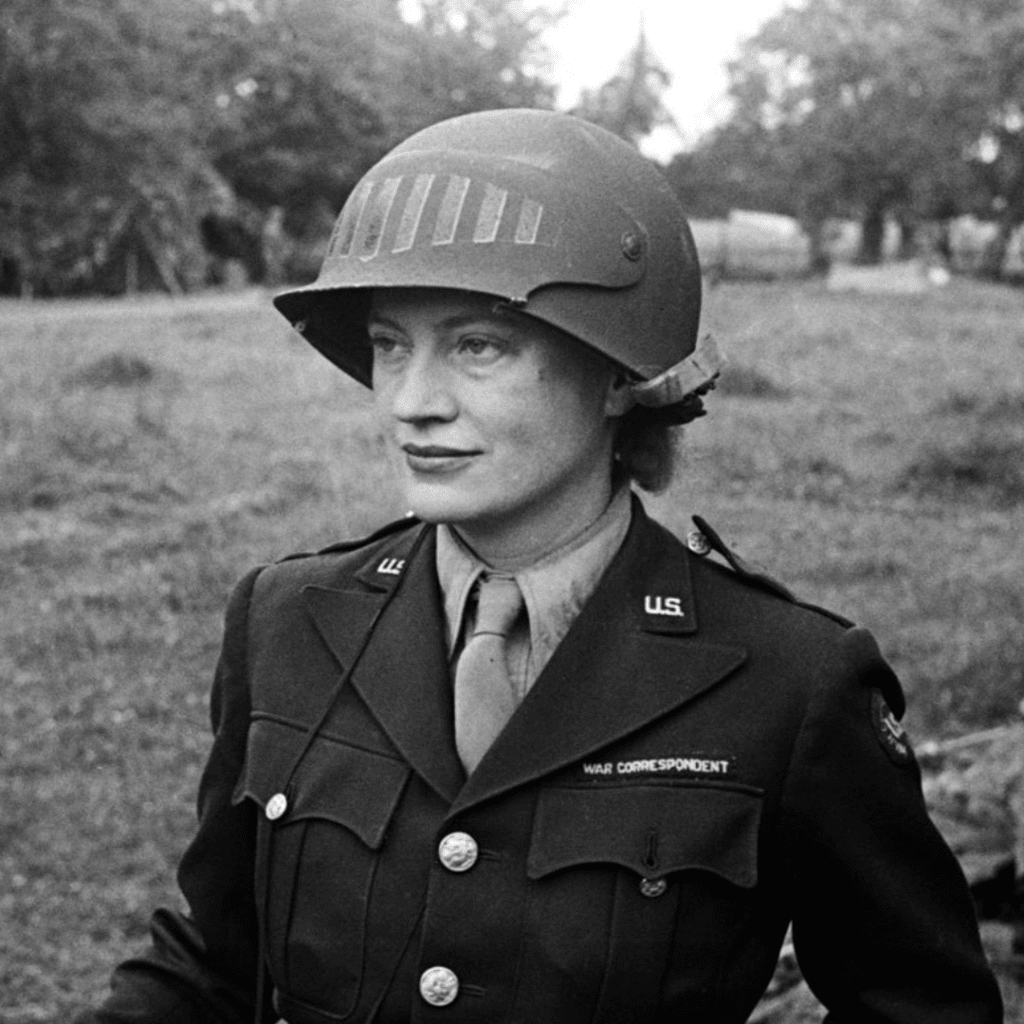
As an accredited war correspondent (one of the few women in this role), and now dressed in uniform (a far cry from the former soigné fashionista), Lee caught a ride to Normandy, and for the next year and a half, filed tens of thousands of words and hundreds of photos to Vogue.
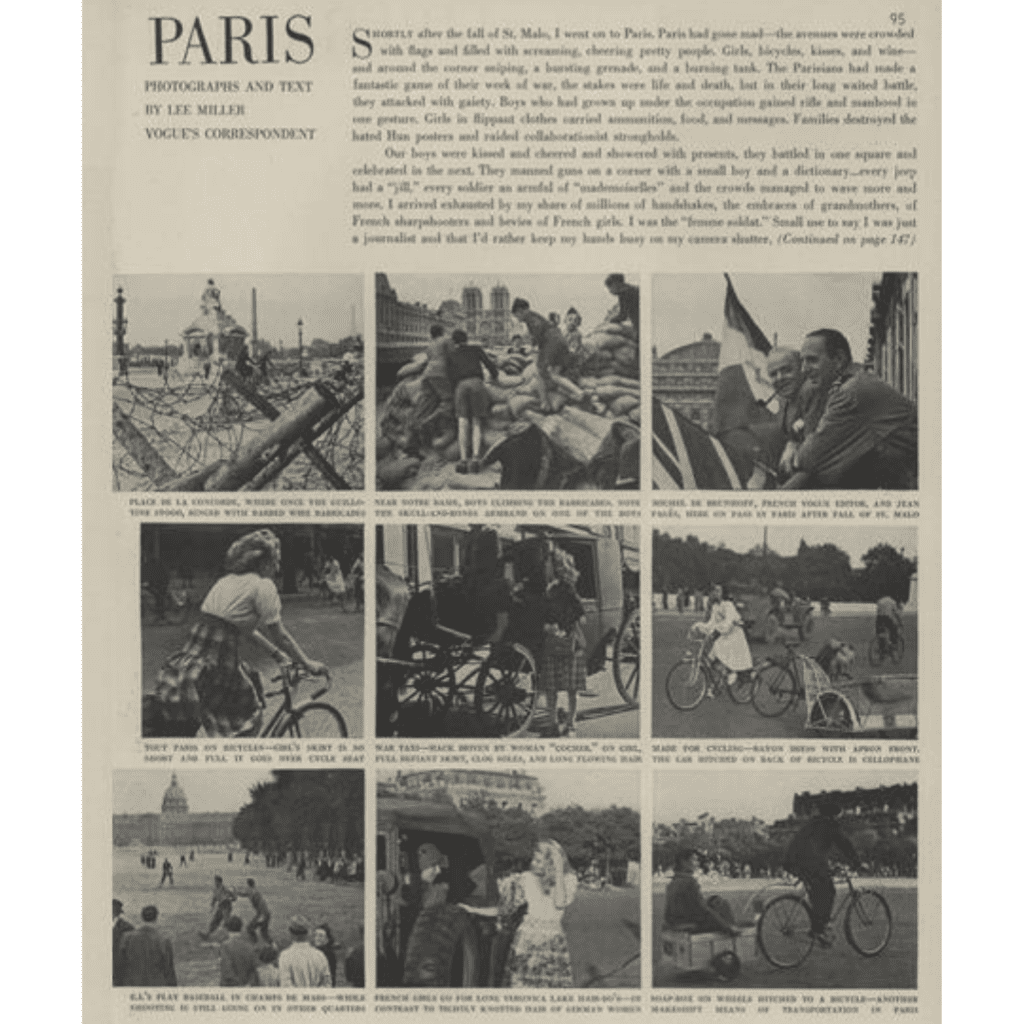
Lee arrived in Paris on the day of the Liberation, where she documented the frenzied, joyous celebrations, as well as the delightfully defiant fashions of Parisian women (above).

She installed herself in room 412 of Hôtel Scribe (above), which had been booked out for the hundreds of correspondents descending on one of the biggest global stories of the year, set up her Baby Hermès typewriter, and her bathroom as a quasi photo-lab, and got to work. Her main brief: to help French Vogue get back on its feet, and to photograph the first post-war couture collections.

But, after the past couple of months, fashion seemed flippant and irrelevant to Lee, who itched to get back in the field, and cover the liberation of the rest of Europe. As part of the 6th Army press camp, Lee was one of the first foreigners to see the Dachau concentration camp; the piles of decaying bodies reduced most of these officers and correspondents to hysteria. This, and the horrors she would witness over the coming months, would see her returning to Britain, in 1946, suffering from alcoholism and a condition now known as post-traumatic stress disorder.
Lee slowly recovered physically and emotionally. She and Roland married, and had a son, Antony. They bought a farm in East Sussex that became her spiritual sanctuary as well as a kind of retreat for bohemian artists, and even enjoyed another stint in Paris in the 1950s, when Roland worked for the British Council there. After completing a Cordon Bleu course — a gift from Roland for her fiftieth birthday — Lee found comfort and creative satisfaction in cooking, and rarely took another photograph. It wasn’t until after her death in 1977 that Antony discovered an attic full of photographs, negative, journals and documents, and realised just how prolific, how influential, how incredible, his mother had been — which he has been able to shout to the world through various books and exhibitions. The family has also made her work accessible through the Lee Miller Archive.
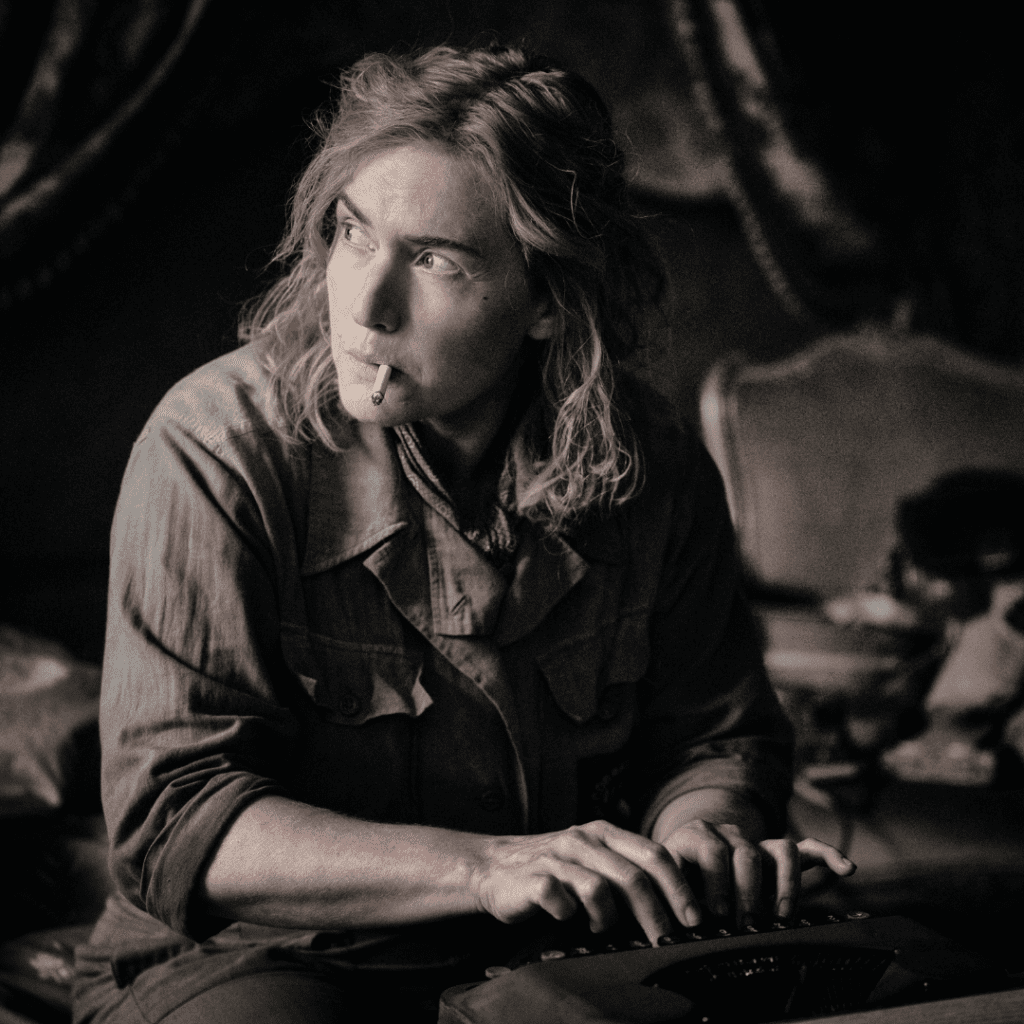
Source: The Three Lives of Lee Miller by Antony Penrose (which inspired the movie Lee, starring Kate Winslet, above). For a more in-depth biography, try Lee Miller: On Both Sides of the Camera by Carolyn Burke.

